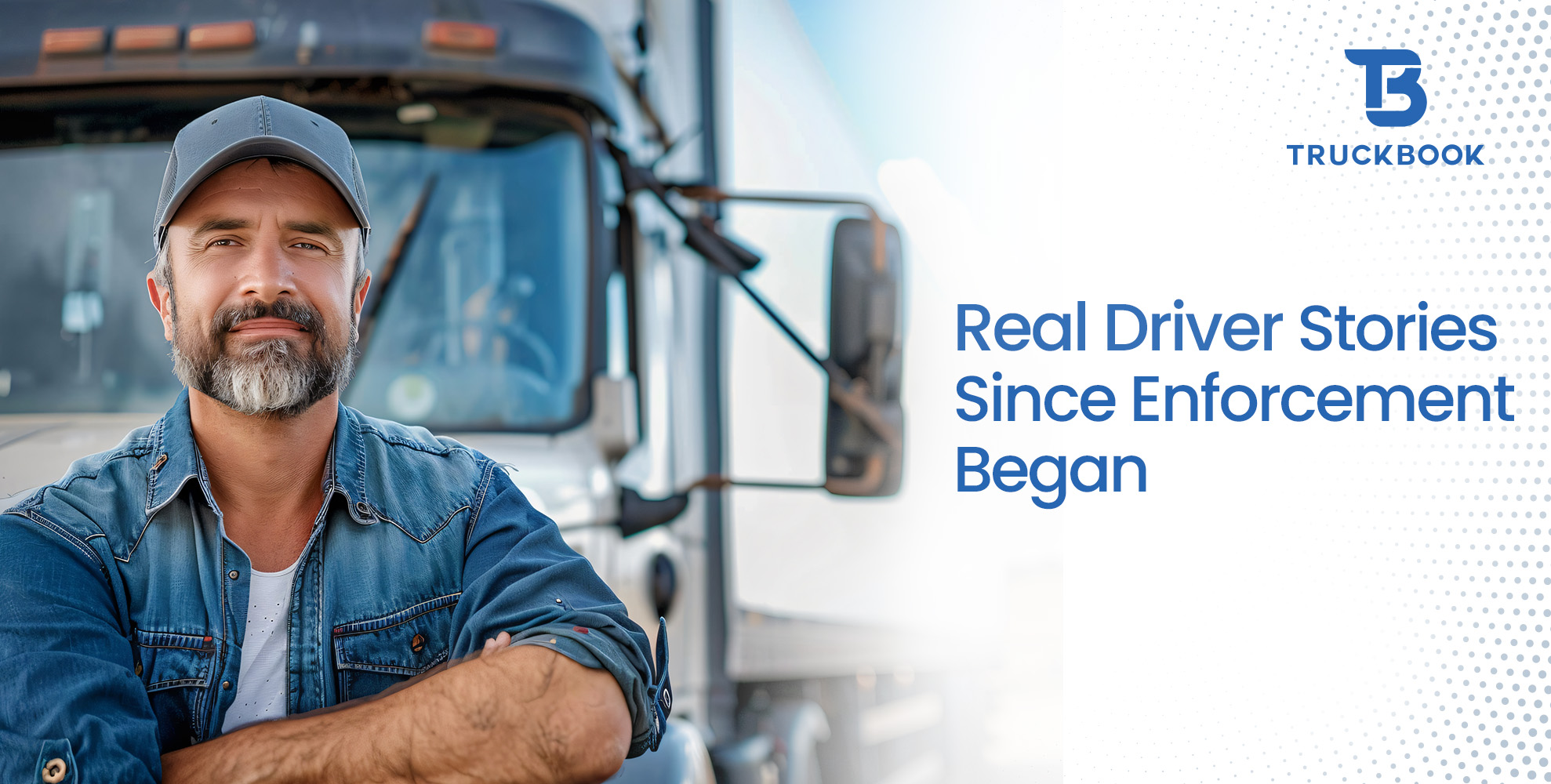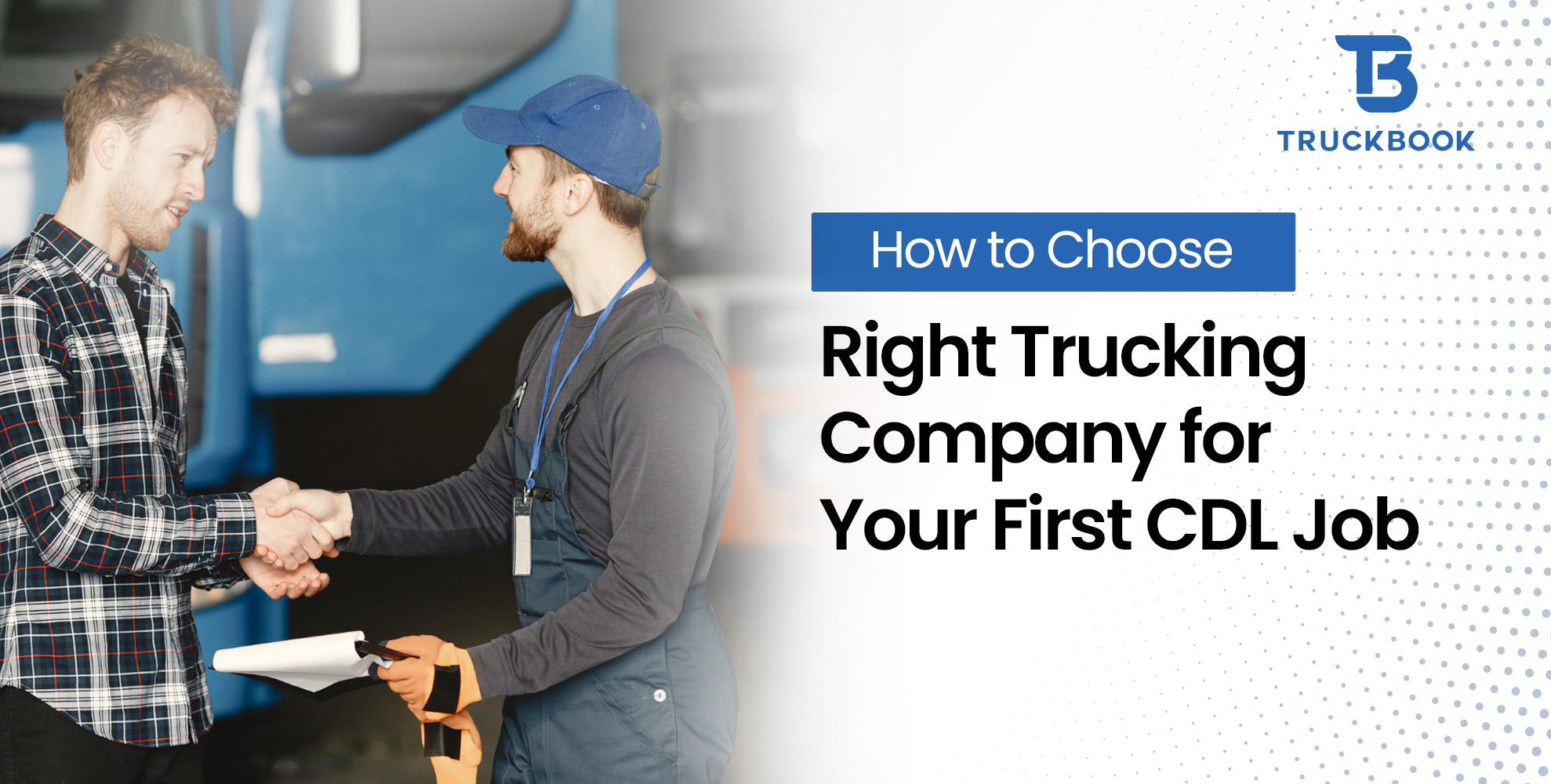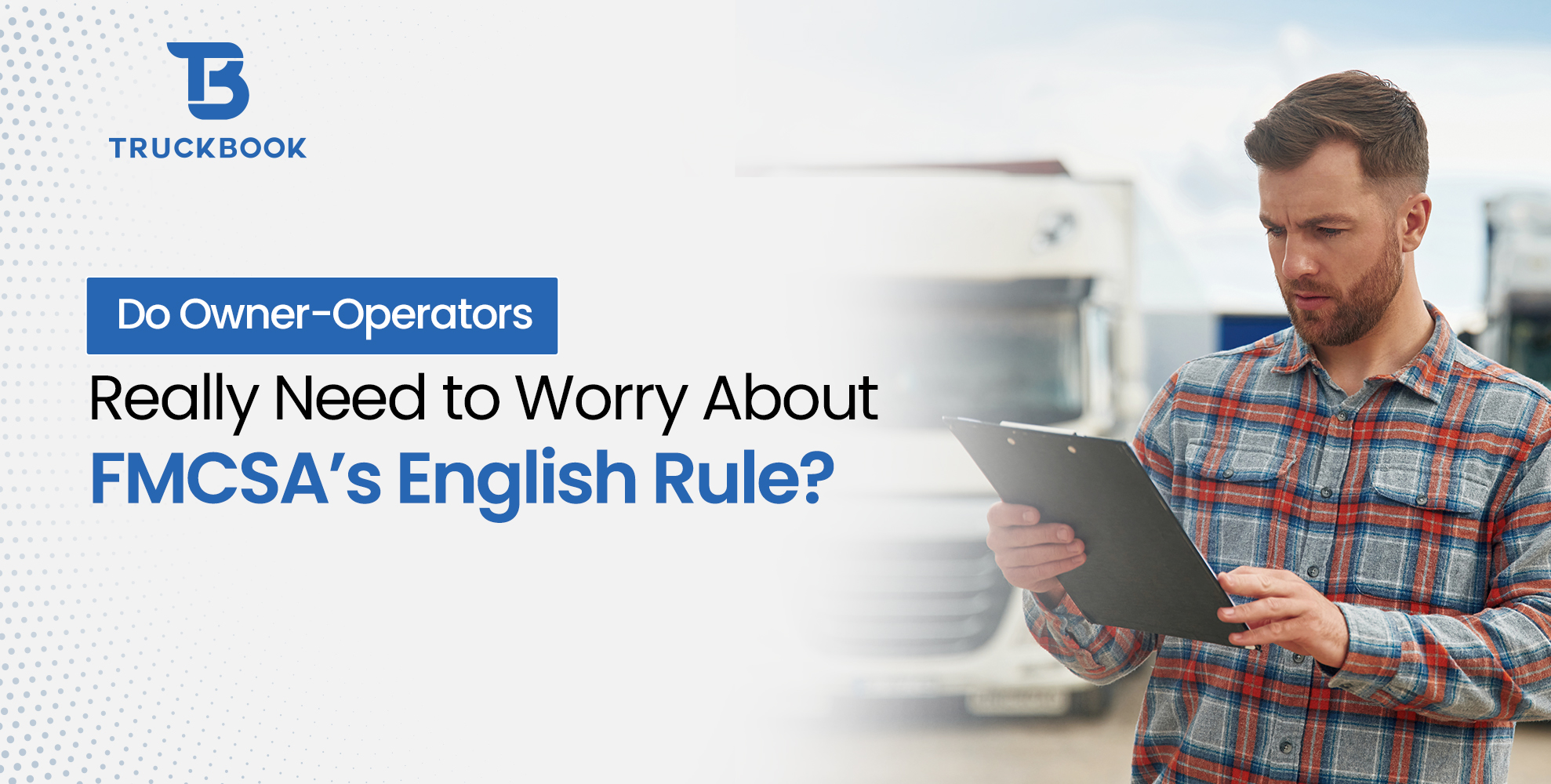This is How Trucking Companies and Truck Drivers are Resetting for Growth Beyond the Coronavirus Impact.
Nobody expected a black swan event like the COVID-19 pandemic to happen, let alone disrupt the trucking sector as much as the crisis has. Some sectors have seen massive slowdowns. But, trucking in sectors such as e-commerce and medical supplies continues to see an unprecedented uptick in freight volume and demand.
Many trucking executives have revised earlier projections for turning a profit.
Most trucking companies are just focusing on staying afloat.
But, there is light at the end of the tunnel, according to a new Council of Supply Chain Management Professionals State of Logistics Report. Carriers that will adapt to ongoing changes will have the highest chances of emerging on the other end of the pandemic.
Bruised, yes.
But, afloat and steering, nevertheless.
Shifting Gears
If you survived the 2019 trucking bloodbath, you can make it to the other end of the coronavirus pandemic as well. You may even get there in better solid form than before.
But you need to know what to do.
Or, at the very least, know what smart trucking companies are doing now to not only safeguard their customers and businesses but also steer through the shifting norms in trucking.
Here are five ways trucking companies are adapting to COVID-19 realities while still getting ahead of their competition.
The goal of this guide is to help you shift your steering to the new normal in trucking, so you can not only stay in business but also prosper through the pandemic.
That is true whether you are an independent truck driver, owner-operator, work at a trucking company, or own a trucking company.
How Smart Trucking Companies are Adapting to COVID-19 Changes So You Can, Too
One example is more trucking staff are working from home to go with the social distancing safety regulations that leading health organizations such as the Centers for Disease Control and Prevention recommend.
Here are more ways trucking companies are making changes to their core operations.
1. Recognizing the Need to Emphasize Focus on Truck Drivers
This is perhaps the biggest shift happening in how trucking companies are doing business now, and for several powerful reasons.
- One example is that truck drivers are now the face and voice of many freight companies.
Safety concerns mean that trucking executives, dispatchers, and front-office staff are working from remote posts to avoid in-person contact while signing deals.
Drivers, and truck driver jobs, are taking on the forefront role of providing exemplary customer service, communications, and consultations than before.
Smart companies know this and are offering their drivers real-time communications support through tech-enabled devices.
- Some companies are going further.
Take Illinois based less-than-truckload carrier, RoadRunner Freight, for example.
Starting in July 2020, the company has worked with WorkHound to listen to drivers’ feedback. RoadRunner Freight now asks open-ended questions to drivers, who can answer anonymously.
Doing that ensures drivers can freely express themselves. It means drivers are doing more than just informing executives and dispatchers of what is really happening on the road and in the cabin.
Picture this:
Previously, drivers would interact and chat their emotional challenges through with colleagues during breaks, coffee time, and in the locker rooms. Now, with all the social distancing measures to observe, they may not express their concerns, suggestions, and frustrations as well.
The new anonymous feedback tactic may help drivers express themselves, and without fear of ramifications.
In turn, the carrier is using the information to address drivers’ concerns and prep the professional truck driver job role well to represent the overall business with tact.
You’ll want to help your drivers represent you professionally as they are now, more than ever, the physical representation of your company to shippers, brokers, and, more importantly, your customers.
There is more. WorkHound says the feedback strategy is also aimed at helping RoadRunner Freight to eliminate driver turnover and boost retention.
That may help the carrier to reduce the need for hiring new CDL drivers all the time. So it solves two problems in one swoop; avoiding truck driver shortage and not exposing staff to COVID-19 infection if they were to interact with constantly changing staff.
- In terms of keeping trucking equipment and cabins safe and healthy for everyone.
Werner Enterprises, one of the largest for-hire trucking companies in North American offers a good example here.
According to CEO Derek Leathers, the company decided to partner directly with personal protective equipment (PPE) providers. By doing that, Werner Enterprises is seeking to get bulk discounts and reliable supplies while it keeps its staff safe.
If you are concerned about PPE costs, you will be glad to know that a consortium of trucking stakeholders, led by the American Trucking Associations, has launched multiple spots along various routes where drivers can refill their hand sanitizer.
Here is a map:

To sum up this section, it matters to your bottomline that you prioritize your drivers’ holistic needs to steer clear of bankruptcy.
2. Smart Truckers are Adopting Efficient Truck Routing and Scheduling Solutions

Your truck drivers are going out there and could be exposed to the virus.
Detention times have increased at many docks as many loading, offloading, and toll areas experience staff shortage.
Many truck stops, rest areas, and restaurants have closed along a bunch of routes.
Lately, truck drivers are increasingly finding themselves traversing through civil unrest hotspots that could see them attacked and the goods they have stolen.
To ensure your semi-truck drivers and freight service delivers on time, safely, and reliably, you’ll want to deploy truck routing and efficient scheduling solutions that can help guide your drivers in real-time.
There are several mobile solutions you can use on the go.
TruckBook, for example, enables truck drivers to find alternative routes that are safer, shorter, and have less traffic with its dedicated, accurate GPS for truck drivers.

You can also find out if there are any bridges along a specific route that you should avoid.
The result is taking the most efficient paths to fulfill quick and reliable services for your stakeholders.
3. Truckers are Leveraging Digital Load Boards to Gain More Business
Decreased volumes mean you may have to network wider to book enough freight volume to stay in business.
One fuel hauling company in Pennsylvania even shifted a huge portion of its 140-truck fleet to emergency relief services and general freight to maintain profitability.
XPO Logistics is on record for adjusting its operations towards healthcare supplies. The carrier has adapted to COVID-19 realities by switching more of its fleet from slower business sectors such as aerospace and the automotive industries.
You may be considering these kinds of moves as well.
But due to inexperience and inadequate connections in the particular sectors, you may be wondering which way to steer. Mobile solutions such as Truckbook also let drivers and trucking company staff book backhauls, spot loads, and other types of loads from anywhere and at any time.
You can also network within the app’s community of tens of thousands of trucking sector players–from shippers to brokers to Class A truck drivers.
You even can post truck driver jobs if you want to find professional truck drivers that have experience in a sector you may not have much experience in. You can then onboard and orient the drivers remotely right within the app.
Alternatively, if you have idle trucks or surplus capacity, you can post them as available for hire to companies that have seen dramatic increases in freight volume and demand such as retail suppliers and e-commerce stores.
4. Adopting Contact-free, Paperless Processes

Traditional trucking has relied heavily on paper bills of lading.
Most trucking companies also have multi-person staff, according to U.S. Census Bureau data.

The U.S. Bureau of Transportation shows those roles range from truck driver jobs to various clerks to technicians and mechanics:

Also, truckers have depended on face-to-face methods of connecting, engaging, and developing long-term relationships with partners and customers.
Dispatchers have also depended on on-site briefings to guide drivers and encourage them to maintain safety measures on the road and at destinations. But with the CDC and WHO recommending social distancing and contact-free processes, smart players are deploying new, digital means to make their trucking processes possible and efficiently so, too.
So use hands-free devices with barcode scanning and voice activation to ensure the safety of your staff wherever they go.
You can also use on-dash devices with voice activation capabilities to communicate with your drivers in real-time.
That way, you can offer quick-judgment input. For example, you can inform your drivers what to do next in case a truck stop, route, or customer dock is working too slowly or is closed.
You can go a step further and invest in video communication devices that allow you to see the inside of your drivers’ cabins. That way, you can help guide them through COVID-19 updates, new safety regulations, and gauge whether they need rest before driving further.
Better safety records can mean better insurance rates for your trucking business. So it is well worth investing in the digital solutions.
5. Shifting Gears To Last-Mile Deliveries
E-commerce and healthcare supplies carriers have seen a massive uptick in freight volume and demand since the beginning of the pandemic.
Research firm, McKinsey & Company, also indicates e-commerce has remained unscathed by the last recessions and the current pandemic, accounting for 14.9% of retail sales in 2019 from 1.3% in 2000.
What has the rise of e-commerce meant for the trucking sector?
The researcher shows flexible trucking companies could pivot on the rise of e-commerce to stay afloat during the pandemic.

Smart carriers could sustain their profitability past the pandemic on the back of e-commerce adoption, seeing that the U.S. freight has not kept up with the rest of the sectors in terms of recovery as shown below:

So, What’s Next?
A significant shift from freight-heavy to freight-light operations. And it is already happening. Fast.
As more people embrace buying goods online in the safety of their homes and offices, small deliveries to home will continue to increase.
That, in turn, means more last-mile volumes to haul before freight-heavy sectors such as automotive manufacturing can offer more loads.
Will your trucking company create a flexible strategy to take advantage of the boon in direct-to-home delivery services?
Over to You
Smart trucking companies are leveraging technology to optimize operations and find professional truck drivers. Adopting technology-backed logistics and supply chain strategies can help you ride out the COVID-19 jam.
You can scale or downsize your operations by hiring CDL truck drivers, finding loads, and leasing trucks on a digital load board.
You can take advantage of the e-commerce boom by switching some of your operations to cater to last-mile deliveries.
You can also use a truck routing mobile app with accurate GPS to guide your drivers to safe and profitable routes, book backhauls and spot gigs on the go, as well as connect with other sector players.
How are you adapting to the next normal? Truckbook is helping tens of thousands of professional truck drivers, owner-operators, and trucking company owners find profitable loads despite the pandemic lows. Download Truckbook now to take advantage as well.








